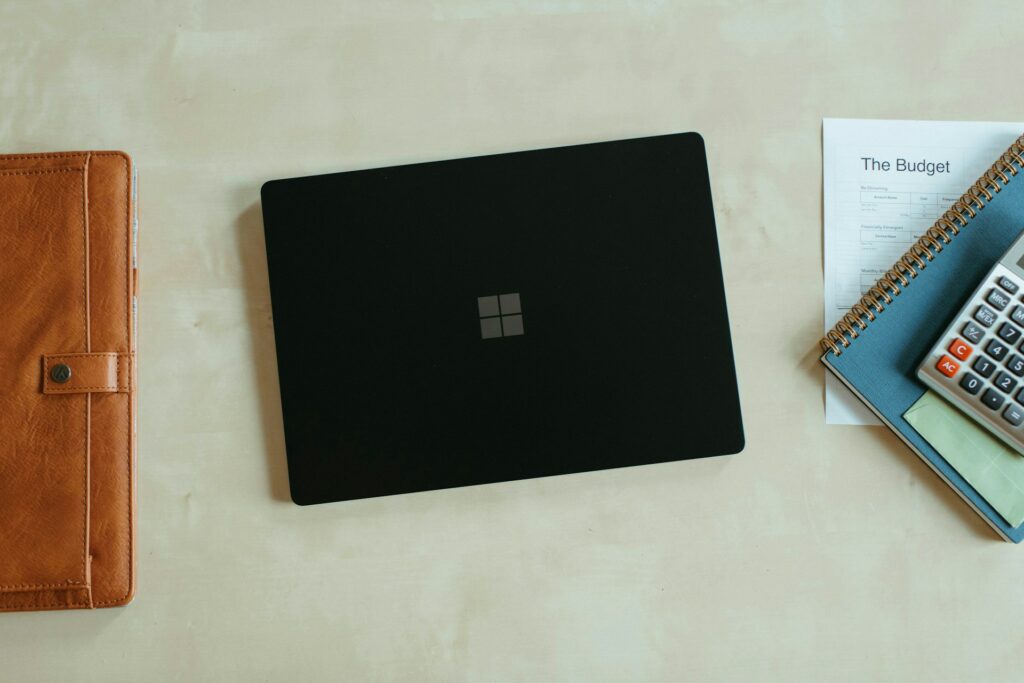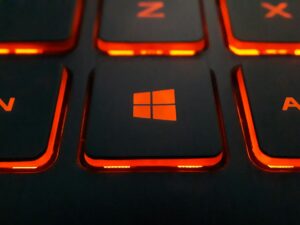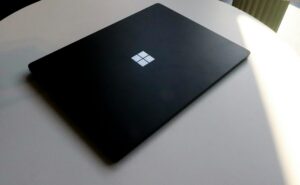The Step-by-Step Guide to Using Windows Hello to Login Quicker and Safer

The Step-by-Step Guide to Using Windows Hello to Login Quicker and Safer
Passwords have been the default technique of safeguarding Windows personal computers for a very long time; yet, they are also one of the weakest links in the security chain of computers. It is possible to forget a password, have it stolen, or guess it, and passwords often hold down the process of signing in. Windows Hello is a contemporary alternative to the use of conventional passwords that was offered by Microsoft. Users are able to log in using biometric authentication, such as their face or fingerprints, or a personal identification number (PIN) that is connected uniquely to the device. This provides users with both speedier access and more security.
What exactly is the Windows Hello program?
Windows Hello is a form of logging in that is automatically integrated into both Windows 10 and Windows 11. As an alternative to depending only on passwords, it employs approaches that are both more secure and more easy, such as:
- Infrared (IR) cameras are used for facial recognition services.
- A fingerprint scanner is used for the purpose of fingerprint recognition.
- The Windows Hello PIN is a code that is unique to the device and is saved safely on the pc.
- Local and hardware-based authentication is created as a result of this, which diminishes the likelihood of phishing and password theft.
How Come Windows Hello Is Used?
Using Windows Hello provides a number of benefits, including the following:
- Log in virtually instantaneously with just a look or a touch! This feature allows for faster sign-ins.
- The usage of biometrics is more secure since they are difficult to steal or reuse in other contexts.
- PINs that are exclusive to the device — In contrast to a password for a Microsoft account, a Hello PIN is only valid on the device you are using.
- Multi-app compatibility — A large number of websites and applications that are compatible with Windows Hello enable passwordless sign-in.
The prerequisites for using Windows Hello
Check to see whether your computer is capable of supporting Windows Hello before you begin the setup process:
Microsoft Windows 10 (version 1703 and beyond) or Microsoft Windows 11 is the operating system.
The hardware:
- For the purpose of face recognition, an infrared camera.
- The use of a fingerprint scanner for the purpose of logging in.
- A PIN login does not need any specialized devices to be used.
- There is a possibility that you may need updated drivers from the maker of your personal computer.
Windows Hello, how do I set up Windows?
The Settings app provides a simple interface via which you may setup Windows Hello.
- First, open the options for signing in.
- Use the Win key and the I key to launch the Settings menu.
- Accounts > Sign-in choices is the place to go.
- The “Ways to sign in” section of this page will provide you with a list of the many sign-in techniques.
The second step is to create a Windows Hello PIN.
- Before you may setup biometrics, you are needed to have a personal identification number (PIN) as a backup.
- Set up may be found in the Windows Hello PIN window.
- Your Microsoft account password must be entered in order to validate.
- Use a numeric personal identification number (you may also add letters and symbols by choosing the “Include letters and symbols” option).
Please verify the PIN.
Using this PIN will now serve as your backup means of logging in.
Enable Windows Hello Face (if it is supported).
Should your gadget own a camera that is compatible:
- The Set up option may be found under Windows Hello Face.
- Follow the instructions and position your face so that it is facing the camera.
- Your face will be scanned and registered by Windows software.
- By choosing increase recognition at a later time, you will be able to increase accuracy.
Activate Windows Hello Fingerprint (if it is supported).
If the fingerprint scanner on your smartphone is already installed:
- Click the Set up button located under Windows Hello Fingerprint.
- Place your finger on the scanner and wait for Windows to recognize the print being made.
- To verify that the procedure is accurate, you can be requested to do it again from a variety of perspectives.
- You have the option of adding extra fingerprints, such as both thumbs, if you so want.
Controlling the Settings for Windows Hello
Once it is set up, you will be able to manage your Hello options:
- It is helpful to change or reset your personal identification number (PIN) if you forget it or if you want a more secure code.
- In order to achieve more flexibility, you may employ both fingerprint and face recognition as additional biometric evidence.
- In the event that you switch devices or would rather return to using passwords, windows hello sign-in methods should be removed.
Windows Hello Beyond Logins is being used.
- Windows Hello is not just used for logging in to personal computers; it also connects with Microsoft services and programs that are supported.
- Microsoft Edge and other browsers that are supported: In order to login in to websites that do not need passwords, use Hello.
- The Microsoft Store applications: Many of the most recent apps support sign-ins with Hello.
- Enterprise authentication: Hello may be used in conjunction with Azure Active Directory to provide businesses with secure access to their employees’ work accounts.
Windows Hello: Troubleshooting and Support
Should the Windows Hello program not function as anticipated:
- Ensure that your gadget is compatible by checking that it have the necessary camera or fingerprint scanner capability.
- To ensure that biometric features continue to function properly, it is important to keep drivers up to date.
- If you want more accurate identification, you should clean the sensors by wiping down your fingerprint reader or camera.
- When recognition fails regularly, you should re-enroll in biometrics, which means you should remove and re-enroll your fingerprints or face.
When it comes to safety concerns
Windows Hello provides a higher level of security than conventional passwords, however it is most effective when used in conjunction with recommended practices:
- It is essential that you always maintain a robust password for your Microsoft account, since it is still necessary in some circumstances.
- Your personal identification number (PIN) is kept in a secure hardware module (TPM) and is solely associated with your device.
- You should delete your Hello data before selling or giving away your personal computer.
Among the several login methods that are available for current operating systems, Windows Hello is considered to be among the finest since it provides a balance between speed and security. It removes the need to write in complicated passwords each time you log in, regardless of whether you use a personal identification number (PIN), fingerprints, or face recognition. When it comes to security enhancements, activating Windows Hello is one of the most intelligent choices you can make for users of laptops and personal computers who want both simplicity and robust protection.







